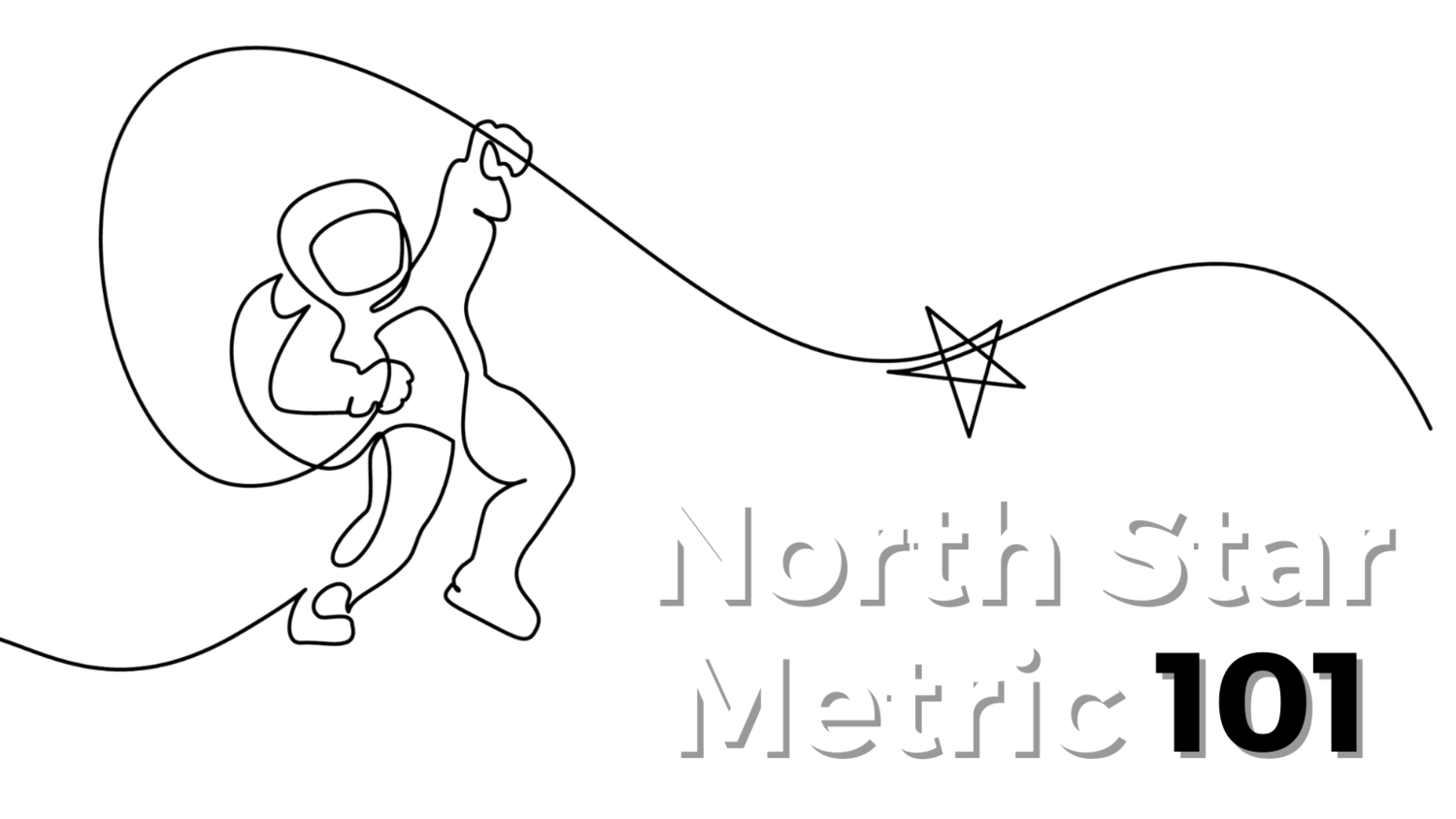KPIs vs. North Star Metrics for Early-stage Startups
Posted by: Leura Craig
Posted on 08/8/2021

Posted by: Leura Craig
Posted on 08/8/2021

Innovation is usually accompanied by the calculated risk of venturing into the unknown. For early-stage founders, this risk can feel especially daunting. With limited funds, data, and time to actually build out your solution, it’s easy to get lost in the frontend development of your company to the detriment of the goal-setting and metric analysis necessary to scale your business successfully.
While every company’s goals will differ, successful companies build their business model around their North Star Metric, i.e. the top-line metric used to define the company’s growth. Broadly, there are six categories of North Star Metric (NSM): revenue, customer growth, consumption growth, engagement growth, growth efficiency, and user experience. The majority of companies set revenue as their NSM, followed by customer, consumption, or engagement growth, and a minority of companies focus primarily on growth efficiency and user experience (1).
Regardless of the specific metric, defining your North Star Metric is ultimately a tool for prioritization. Once an NSM is set, all of your startup operations should be ranked by how much they prioritize your NSM’s growth rate. Founders mismanage this prioritization in two costly ways, which we refer to as being lost in the forest or lost in the desert.

In the forest, think of the trees as all of your startup’s available data. When prioritized equally, the time and resources required to maintain the growth of every tree in your forest will quickly drain the limited resources of your startup. And as your business grows, so will the available data. Even with unlimited resources, the sheer number of trees will eventually make it too difficult for the founder to maintain their sense of direction when they cannot see the forest—their vision—for the trees. Prioritizing every metric is a quick way to run out of resources, time, and direction without growing your venture to achieve its vision.
The classic example of being lost in the forest is a pitch with a plethora of random, “vanity” metrics that look good on paper but do not tie into the overarching vision. For instance, let’s say a founder tells a panel of investors that their venture has 10,000 unique visitors a day, 5 new products a month, a 22% email open rate, and 5,000 followers on Instagram. It’s all good and well that you have lots of web traffic, followers on social media, email opens, and a busy software team, but why do those numbers matter? Have you grown revenue by 20% month over month? Have you expanded your customer base? Is the product sticky? Do your customers like using it? Investors and founders should care about what the numbers mean.

In the desert, you essentially encounter the inverse problem. With fewer (if any!) trees to speak of, the founder is left wandering without any metrics to guide their company’s growth. In this scenario, they may resort to an unsustainable cycle of trial and error in an attempt to guess their way to success. As with our founder lost in the forest, a founder wandering the desert tends to drain their startup’s limited resources by relying on gut instinct or tiny data sets and one-off examples to guide their sense of direction.
The most apparent, dangerous example of being lost in the desert may seem like pitching with no metrics at all. However, in practice, it’s more likely to turn fatal when a founder relies on a mirage created by their limited data sets as direction for the compass for their company. For example, founders without metrics to inform their decisions begin to treat every customer as their NSM. Of course, your direction is bound to change constantly when each customer feedback point becomes how you drive the entire business. With each iteration of this, your product-market fit becomes narrower and narrower. Chasing a mirage is a quick way to mismanage your priorities and deplete your resources.
And in both the forest and the desert, a founder with an NSM need only look up for direction out of their respective predicaments.
The NSM for your startup will be tied to your venture’s vision for the future and the biggest obstacle your company faces to achieving that vision. Outlander’s Jermaine Brown helps founders zone in on their most relevant NSM is through explicitly defining and then working backward from your startup’s vision, mission, and values:
Using your answers to the questions above, rank your metrics in order of importance. You will begin to see how the majority of your metrics will “ladder up” to your startup’s mission, which in turn ladder up to your vision. At the top of your ladder is your North Star Metric—that key metric that demonstrates your vision’s traction and growth. The rungs of your latter are how you incrementally climb: 3-year targets, annual goals, and quarterly goals, etc. You build the ladder with the metrics that support each intermediate goal in support of your NSM.
Ultimately, your North Star Metric is a tool for prioritization and direction of growth for your company. A founder’s clear definition and execution around a North Star Metric will not only lead to better product-market fit but also demonstrates their ability to prioritize growth in every iteration. Not to mention, it will help you measure and illustrate to investors the early traction of your venture, as well as a map of where it’s headed. So if at any point you find that you have somehow missed your North Star, take a moment to evaluate your priorities and pivot your strategy so you don’t end up lost again.

Leura is a former founder and experienced investor who previously bootstrapped two startups as the founding CEO.
As we explore the unknown of each new investment, our Field Guides are where we document all that we learn along the way.
So, whether you’re actively raising, trying to break into VC, or interested in our game-changing portfolio, our Field Guide's got you covered.
Sign up now for exclusive access to funding opportunities, events/resources from our network of experts, updates from our portfolio, and more!